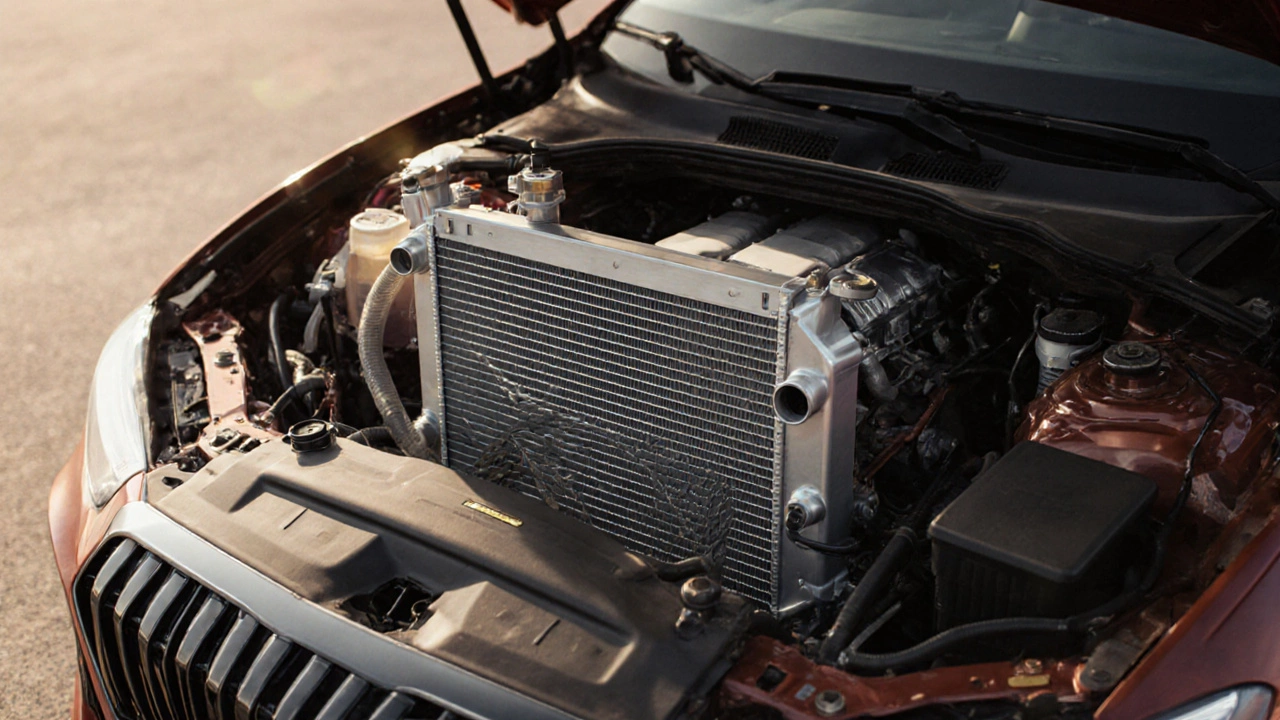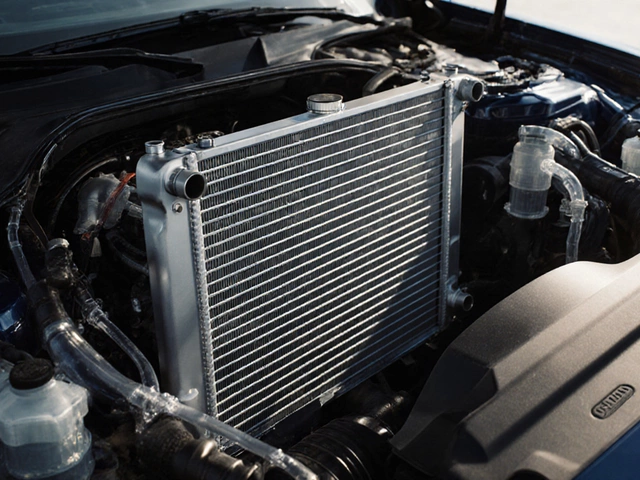
Replace Car Radiator: Signs, Costs, and What You Need to Know
When your engine starts running hot, it’s not just a warning light—it’s a signal that you might need to replace car radiator. A radiator isn’t just a metal box under the hood; it’s the heart of your engine cooling system, a network of hoses, pumps, and fins that keeps your engine from overheating. Also known as radiator core, it’s what turns hot coolant into safe, reusable fluid so your engine doesn’t turn into scrap metal. Even electric cars need cooling—just differently. Modern radiators are smaller, smarter, and often integrated with electric fans and sensors, but the core job hasn’t changed: keep the engine at the right temperature.
If you’ve noticed steam rising from under the hood, a sweet smell like maple syrup, or your temperature gauge creeping into the red, you’re not imagining things. These are clear signs your radiator is failing. Leaks around the hoses, rust buildup inside the tank, or a cracked plastic end cap can all mean it’s time to replace car radiator. Many people wait until the engine shuts down completely—only to find out the repair bill includes a blown head gasket or warped cylinder head. That’s not just expensive; it’s avoidable. A simple pressure test by a mechanic costs less than a tank of fuel and can save you thousands.
Not all radiators are the same. Aluminum radiators are lighter and more efficient, while copper-brass ones last longer but are heavier. In India’s heat, a clogged radiator doesn’t just overheat—it kills performance. Dust, road grime, and hard water scale build up fast, blocking airflow and reducing cooling power. That’s why regular flushing matters more than you think. And if you’ve swapped to a performance engine, upgraded your tires, or drive daily on rough roads, your radiator is working harder than ever. Replacing it isn’t just maintenance—it’s protection.
You’ll find posts below that break down exactly what happens when your radiator fails, how modern cooling systems work—even in EVs—and what you should expect to pay for a replacement in India. Some guides show you how to spot a leak before it turns into a roadside emergency. Others compare OEM parts with aftermarket options, so you don’t overpay for a part that’ll crack in six months. Whether you’re a DIYer with basic tools or someone who just wants to know if your mechanic is telling the truth, this collection gives you the real facts—not marketing fluff.
-
8 Oct






